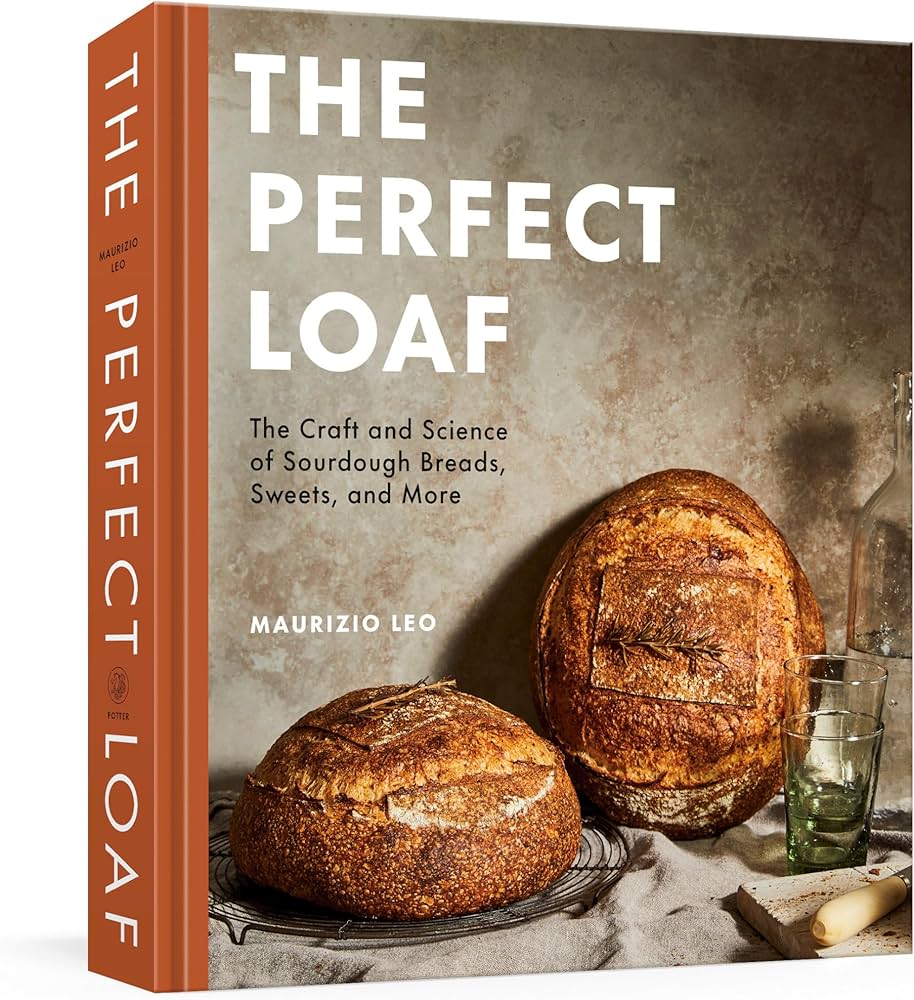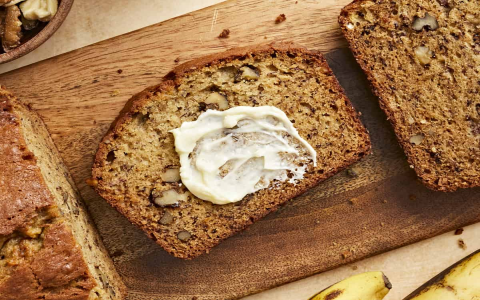In the culinary landscape, bread stands as a timeless staple, transcending cultural boundaries and flavor preferences. Yet, within this vast realm of dough and bake, conditioned bread holds a unique place, blending the precision of science with the artistry of traditional baking. Conditioned bread refers to dough that has undergone a specific period of rest or fermentation, a process that enhances its texture, flavor, and overall eating experience. This article delves into the intricacies of conditioned bread, exploring its benefits, methods, and the role it plays in modern baking practices.

The Essence of Conditioning
Conditioning is a crucial step in bread production, involving the controlled fermentation of dough. During this phase, yeast consumes sugars present in the flour, producing carbon dioxide and alcohol. This metabolic activity not only leavens the dough but also triggers a series of biochemical reactions that break down gluten proteins, making them more elastic and extensible. The result is a dough that is easier to shape, less prone to tearing, and capable of retaining more gas bubbles, leading to a lighter, more airy loaf.
Flavor Development
One of the most compelling aspects of conditioned bread is its flavor. The fermentation process creates a complex array of compounds, such as esters, aldehydes, and ketones, which contribute to the bread’s aromatic profile. These flavors, often described as nutty, buttery, or slightly sour, are the hallmark of well-conditioned dough. Moreover, longer fermentation times allow for the development of lactic acid and acetic acid, further enhancing the bread’s taste profile and contributing to its distinct “sourdough” characteristics.
Textural Perfection
Texture is another vital dimension where conditioning excels. By allowing the gluten network to relax and strengthen during fermentation, the dough becomes more resilient to oven spring—the rapid expansion of the dough during baking. This results in a loaf with a fine, even crumb structure and a crisp, golden crust. Conditioning also plays a role in moisture retention, ensuring the bread stays fresh longer after baking.
Modern Techniques and Innovations
In today’s baking industry, the art of conditioning has evolved beyond traditional methods. Advances in yeast technology, temperature control, and dough handling equipment have refined the process, making it more efficient and consistent. Bakers now have a wider range of tools and ingredients to manipulate fermentation rates, from using different yeast strains to incorporating pre-ferments like poolish or biga.
Moreover, the rise of artisanal and craft baking has brought conditioned bread back into the spotlight, emphasizing its superior quality and flavor. Many bakers now practice slow fermentation techniques, sometimes extending the conditioning period to over 24 hours, to achieve a bread that is not just nourishing but also a sensory delight.

Conclusion
Conditioned bread embodies the harmony between science and craftsmanship, offering a glimpse into the intricate dance of yeast, gluten, and time. Its journey from a simple mixture of flour, water, salt, and yeast to a masterpiece of flavor and texture is a testament to the transformative power of patience and precision. As we continue to explore and innovate within the world of baking, conditioned bread remains a cornerstone, reminding us of the timeless beauty of well-made bread.













